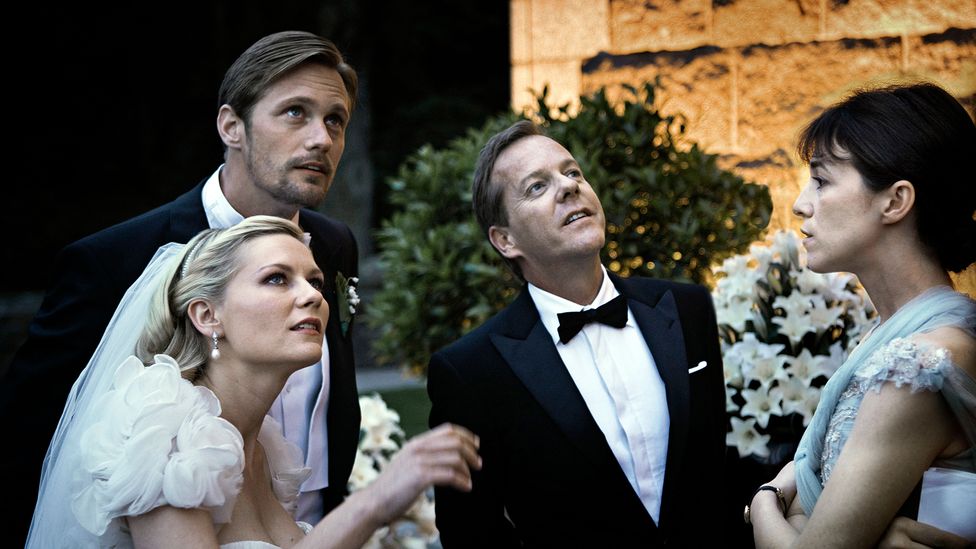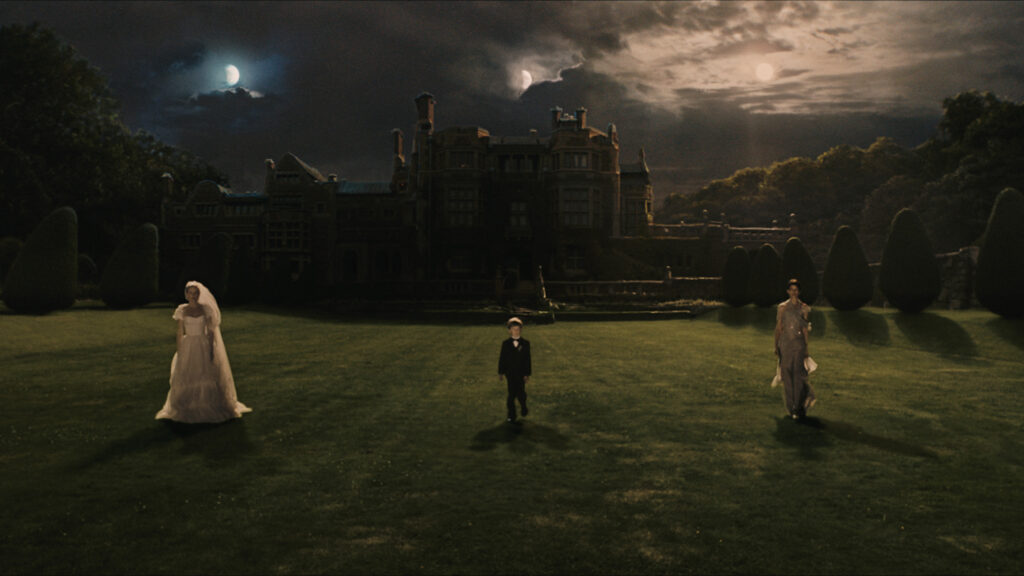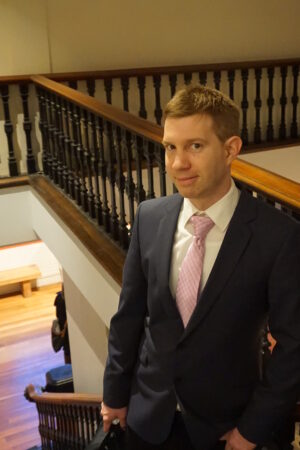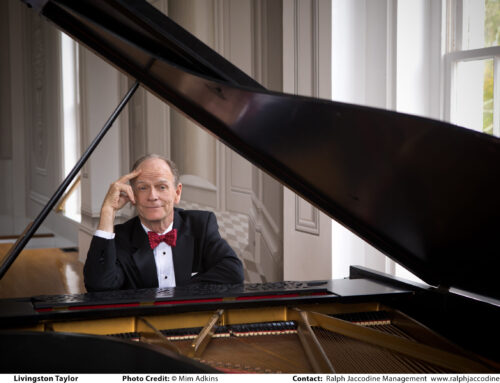FREE EVENT - please reserve your tickets ahead of time
Doors open for admissions 30 minutes prior to screening. Buy tickets at The Film Center or online now
An initiative of the COOLIDGE CORNER THEATRE
With major support from the ALFRED P. SLOAN FOUNDATION
In this beautiful movie about the end of the world, Justine (Kirsten Dunst) and Michael (Alexander Skarsgård) are celebrating their marriage at a sumptuous party in the home of her sister Claire (Charlotte Gainsbourg), and brother-in-law John (Kiefer Sutherland). Despite Claire’s best efforts, the wedding is a fiasco, with family tensions mounting and relationships fraying. Meanwhile, a planet called Melancholia is heading directly towards Earth… MELANCHOLIA is a psychological disaster film from director Lars von Trier.



“AMAZINGLY ROMANTIC — LUSH, RIPE, RICH, DELICIOUS, CERTAINLY THE DIRECTOR’S MOST BEAUTIFUL FILM. EXCESSIVE IN EVERY WAY, AND YET RESTRAINED. EVERYTHING AND NOTHING THAT YOU’D EXPECT A FILM CALLED “MELANCHOLIA” TO BE.” – Los Angeles Times

Peter Vereš is an astronomer and research scientist at Harvard-Smithsonian Center for Astrophysics in Cambridge, MA and at the Minor Planet Center (MPC). He received his PhD at Comenius University in Slovakia. Since his graduate years, he was interested in minor bodies of the Solar system – asteroids, meteors and comets. He studied the physical properties, orbital parameters and size-frequency distribution of Near-Earth asteroids (NEOs) and the connection between NEOs and meteoroids. Since 2011, he worked at the University of Hawaii at Pan-STARRS, a new survey telescope, discovering numerous asteroids and comets. In 2015, he joined Jet Propulsion Laboratory’s Center for NEO Studies, simulating performance of the future LSST (VRO) telescope in discovering NEOs. Since 2017, he is a staff scientist at MPC, the center that receives observations of asteroids and comets from all around the world, computes orbits, assigns designations to new objects and offers many services to the professional and amateur community.





